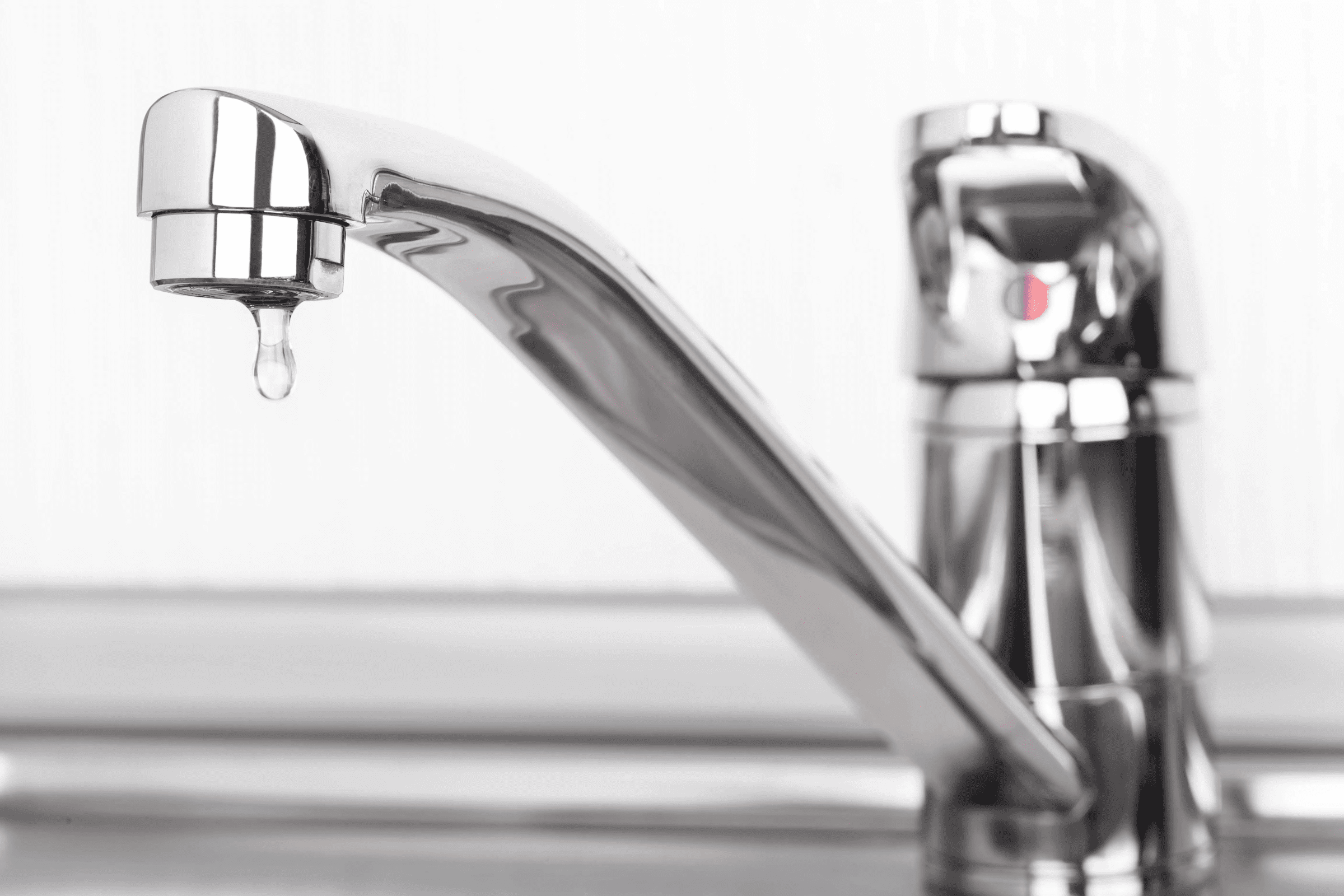We’re coming up on that time of year again: winter wastewater averaging.
If you don’t know what wastewater averaging is, we’ll go into detail about that below. If you do know what it is and want to know how you can limit your winter wastewater, we’ll share how you can by:
- Making water conservation a habit
- Installing a water-saving fixture
- Getting regular plumbing checks
Want to keep your water bills down all year long? Have a San Antonio plumber check your plumbing to make sure it’s performing at its best.
How Does the San Antonio Water System Average Wastewater?
The San Antonio Water System (SAWS) charges sewer usage each month based on your average winter water use, which is measured from mid-November to mid-March. This average determines a cap on how much sewage you’ll be billed for each month of the following year.
Wastewater averaging takes place during the winter months because most of the water you use goes directly into the sewer system instead of being used for outdoor watering, which doesn’t go into the sewer system.
See, your water meter measures how much water you use each month, but there isn’t a meter on your wastewater line. Winter wastewater averaging provides a measure that reflects the amount of wastewater your property sends into the sewer system, and uses that number to determine how much you’re charged for sewage throughout the year.
That being said, the best way to keep your water bills down for the coming year is to conserve water. We’ll share 3 tips on how you can do so.
3 Ways You Can Conserve Water
Tip #1: Make Water Conservation a Habit
By making little water-saving changes to your daily routine, conserving water will become second nature in no time.
Some of the easiest ways to conserve water:
- Turn the water off when you brush your teeth, wash your hands, and hand-wash dishes.
- Wash clothes in cold water. This saves both water and energy costs.
- Run your washer and dishwasher only when they’re full—don’t run half loads.
- Turn off your irrigation system and water your lawn only as much as it needs.
- Flush your toilet less. Don’t flush things like tissues or wipes and follow the “if it’s yellow, let it mellow” guideline.
Water Use It Wisely, a water conservation campaign, shares more than 100 ways you can conserve water indoors and outdoors.
Tip #2: Install a Water-Saving Fixture
Installing water-saving fixtures in your home will help you use less water every day—without even thinking about it.
Toilets, fixtures, and other plumbing products with a WaterSense label meet the EPA’s criteria for performance and efficiency, which means they are 20% more efficient than and perform as well as (if not better than) products in the same category.
To show you how WaterSense-labeled fixtures stand up to your average plumbing fixtures, we made a table comparing their water usage.
| Product | Average | WaterSense |
|---|---|---|
| Toilets | 1.6 gallons | 1.28 gallons |
| Showerheads | 2.5 gpm | 2.0 gpm |
| Sinks | 2.2 gpm | 1.5 gpm |
Toilet usage is measured per flush. Showerhead and sink usage is measured in gallons of water per minute (gpm).
Tip #3: Get Regular Plumbing Checks
The best thing you can do to keep your wastewater averaging down is to get regular plumbing checks. A leaking faucet and running toilet may be annoying, but they’re also more costly than you might think.
The United States Geological Survey’s calculator estimates that 15,140 drips equals 1 gallon. We know that sounds like a crazy amount of drips—but they add up quickly.
For example, let’s say you have 2 faucets that drip 30 times a minute (once every 2 seconds). According to the USGS calculator, you’d waste 5 gallons of water a day. And that’s not even the water you’re trying to use—it goes straight to waste.
By getting regular plumbing checks, you’ll make sure you don’t have leaking fixtures, or any other plumbing problems, that will drive up your water bills.
A good plumbing check will include:
- Inspections of all sinks, toilets, drains, hose bibs and shut-off valves
- Garbage disposal inspection
- Thorough water heater inspection
- Water softener hardness test
- Water pressure check
- Reverse osmosis system check (if you have one)
- And much more
Want to Make Sure Your Plumbing Is Ready for Winter Averaging?
One of our trained plumbers will come and inspect your entire plumbing to make sure a leaky faucet or running toilet won’t drive up your water bills for the entire year.

